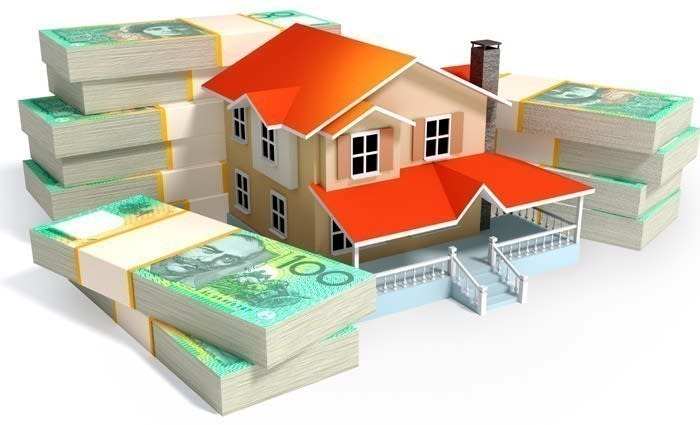Single numbers can't answer for whole city property market
The fondness of researchers, economists and media for generalised data is the curse of the real estate consumers trying to figure out what is really going on in the nation’s various housing markets.
Using a single number to describe the market in a major city - or, in some cases, the entire nation – is as common as it is ludicrous.
Here’s a typical statement which is worse than useless, because not only does it fail to tell anyone anything worth knowing but it creates a misleading impression: “Australian house prices rose 4.0 percent in the past year”.
The first point is that this figure does not describe Australian house prices, it’s actually the capital cities that allegedly rose 4.0 percent.
But the 4.0 percent figure does not accurately depict the housing market in any of the eight cities.
In Hobart, according to this source, prices rose 13 percent, in Melbourne they were up 9 percent and Canberra was up 6 percent. In both Perth and Darwin, prices fell in annual terms, according to these figures.
There are also myriad different scenarios happening across regional Australia.
So what does the 4.0 percent mean? In reality, absolutely nothing of any value.
The same approach, commonly reported by mainstream media, tells us that “Australian apartment prices” have risen 5.1 percent in the past 12 months.
This is similarly meaningless. Prices fell in Brisbane, Perth and Darwin and were largely unchanged in Adelaide. Prices rose in Melbourne and Hobart, but not by 5.1 percent – Melbourne was up 8.4 percent and Hobart rose 9.1 percent.
The same source purports to provide a guide on the value of Australian homes. The median dwelling price, apparently, is about $656,000.
Publication of a figure like that can set off a range of comments from multiple sources, many of them expressing outrage that young Australians can’t afford to pay $656,000 for a typical home.
But, again, the figure is misleading and nonsensical. It’s the median value of a home in the combined capital cities, but six of the eight capital cities have median home values considerably lower than that figure.
The generalised national figure is inflated by the size of the Sydney market, where the median home is allegedly worth $895,000, and the Melbourne market, where the median home value is claimed to be $720,000.
But in Brisbane, Adelaide, Perth, Hobart and Darwin, the median home value is in the $400,000s. Adelaide, for example, is $433,000 and Hobart is $404,000.
And, given that these are medians, it means that half of all recent sales have been at prices below that median figure.
The single number describing Sydney does not in any way recognise the differences between Bondi and Blacktown, or Mosman and Macquarie Fields.
So why is the use and abuse of these numbers so widespread? Because the goal of pontificators is not to inform, but to generate publicity – and the use of these cheap and nasty statistics makes it easy.
It would require some effort to give consumers information worth having.
Terry Ryder is the founder of hotspotting.com.au
twitter.com/hotspotting
